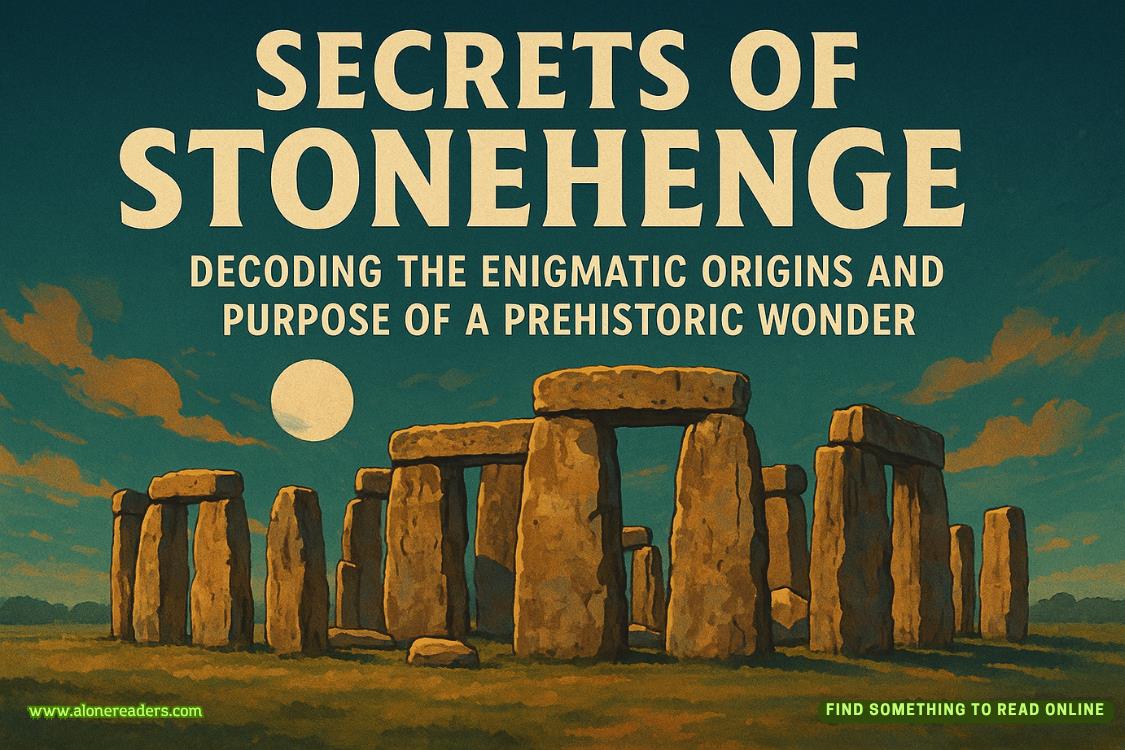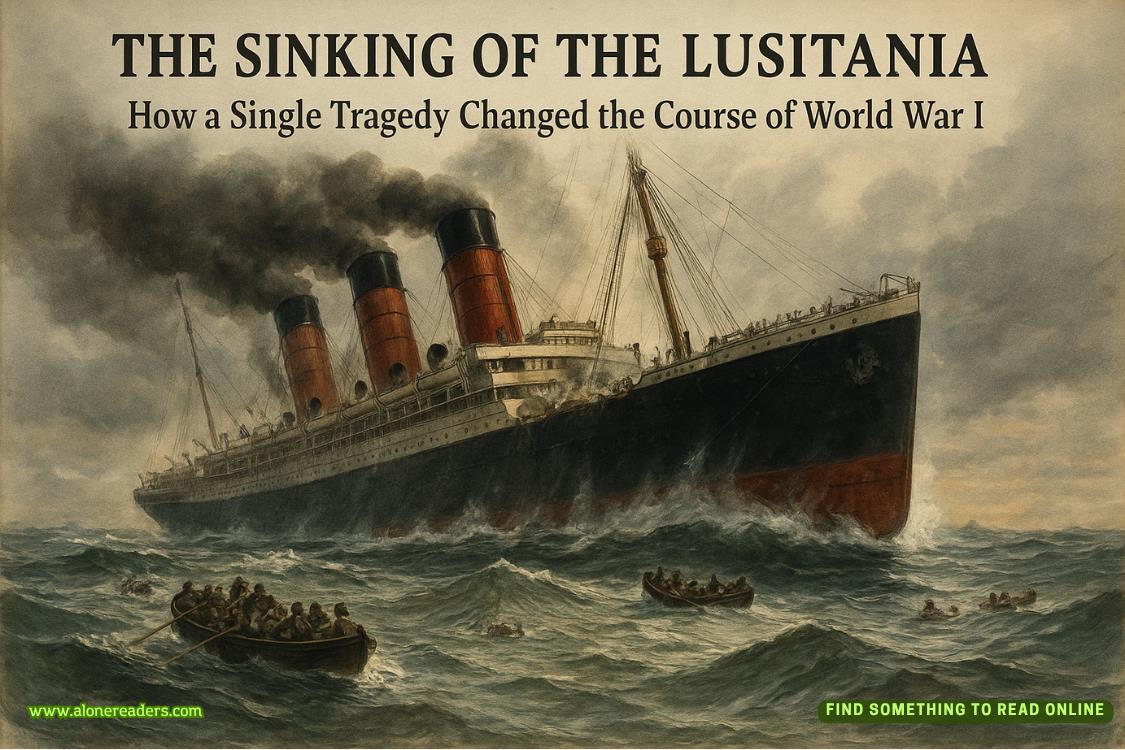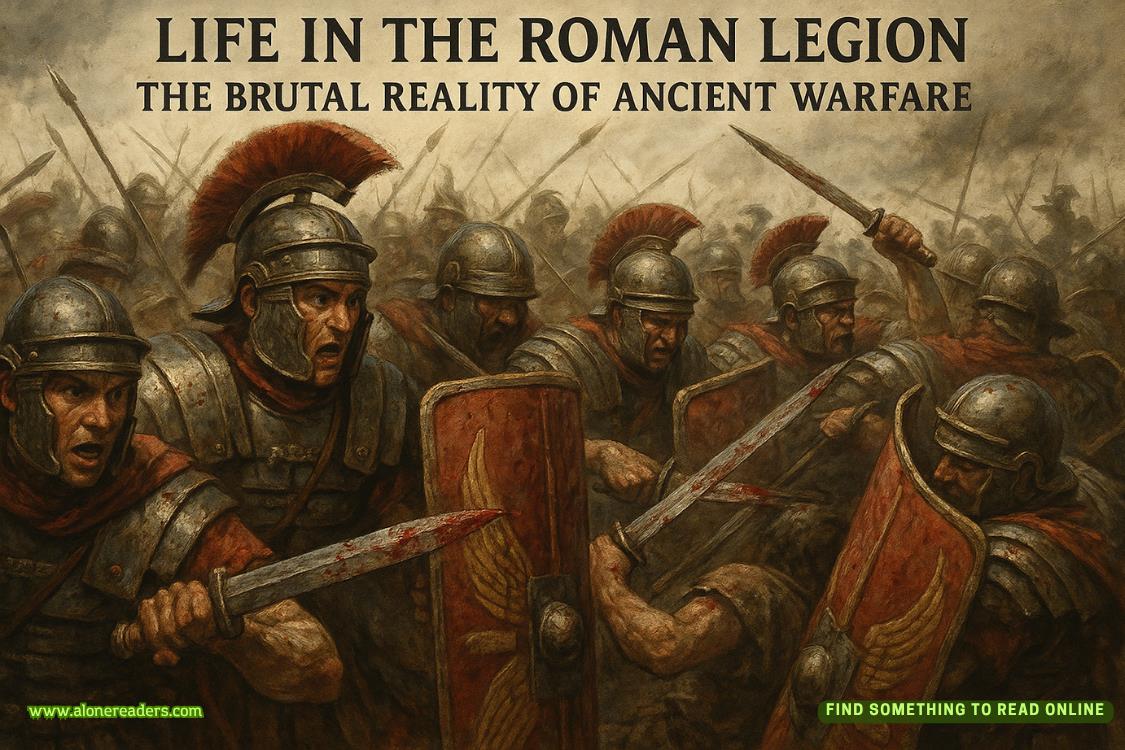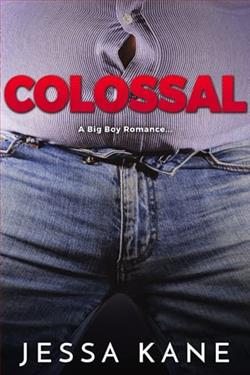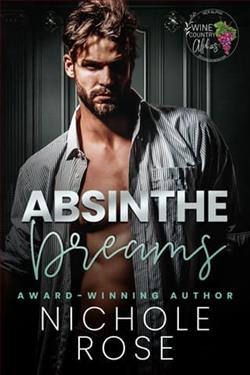Page 4 of There Are No Saints
Without bothering to reply, he stalks away from us.
“Put my foot in my mouth, didn’t I?” Betsy says. “Well, it’s what everyone’s saying. These prizes are so political.”
“Or personal,” I say.
Sure enough, Danvers isn’t finished venting his spleen. The following morning he publishes his review of the showcase, with several poorly-veiled barbs thrown in my direction:
While Blackwell’swork continues to exhibit his usual level of precision, there’s a cold technicality to his technique that fails to inspire the same level of energy stirred up by Alastor Shaw’s frenetic, colorful constructions. There’s a wild abandon to Shaw’s work that Blackwell would do well to emulate.
I can just imagineAlastor smirking over his morning coffee, scrolling through the article on his phone.
Danvers’s opinion on my art means less to me than the twittering of the birds outside my window.
However, I do feel a deep sense of rage that he dares to attack me so publicly.
Just as Shaw’s belief that we’re rivals offends me, so do Danvers’s pretensions that he can judge me.
I finish my breakfast, the same meal I eat every morning: an espresso, two slices of bacon, half an avocado, and a perfectly poached egg set atop a slice of grilled sourdough.
Then I wash and dry the dishes, setting them back in their places in the cabinet.
I’m already showered and dressed for the day.
I walk to my studio, which is close to my house on the sea cliffs north of the city. The vast, sunlit space once housed a chocolate factory. Now the bare steel, glass, brick, and concrete form an open cage in which I do my work.
I don’t commission my pieces, though I could certainly afford to do so. Every step of the process is completed by me, even on my most complicated or technical sculptures. I’ve built my own custom equipment for welding, gilding, cutting, and soldering. Winches and scaffolding. Even pneumatic lifts for the largest pieces.
I keep no assistants, working entirely alone.
I start at ten o’clock in the morning and labor until dinner. The kitchen is stocked with drinks and snacks, but I rarely take breaks for either.
Today I’m beginning a new piece in the same series.
I know how I want it to look—organic and yet deconstructed. I want the elements of the sculpture to appear to hang in space.
But when I look over the materials at hand, nothing seems right.
The iron is too heavy. The steel lacks luster.
I picture the precise curved shape that I want—like the hull of a ship, or the rib of a whale.
Then I smile as inspiration surges through me.
* * *
I waitoutside the Siren offices on Cabrillo Street.
It’s a dingy, low-slung building with a tin roof on which a light rain patters.
Rain is incredibly useful. It obscures the view, forces people to keep their heads down, urges them to run from place to place without lingering, without looking around.
Umbrellas are even better.
I stand in the alleyway, watching Danvers through the greasy little window of his office.
You learn everything about a person when they think they’re alone.
I watch Danvers take a tin of nuts out of his drawer, open them, and eat a few handfuls, wiping his salty palm on the leg of his jeans. He pushes the nuts away as if he’s not going to eat anymore. But a few minutes later, he takes another handful. Then, in a burst of motivation, he puts the lid back on the tin and encloses the tin within the drawer. That lasts even less time before he opens the drawer and takes another handful.
